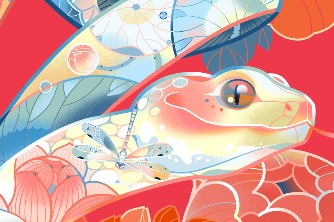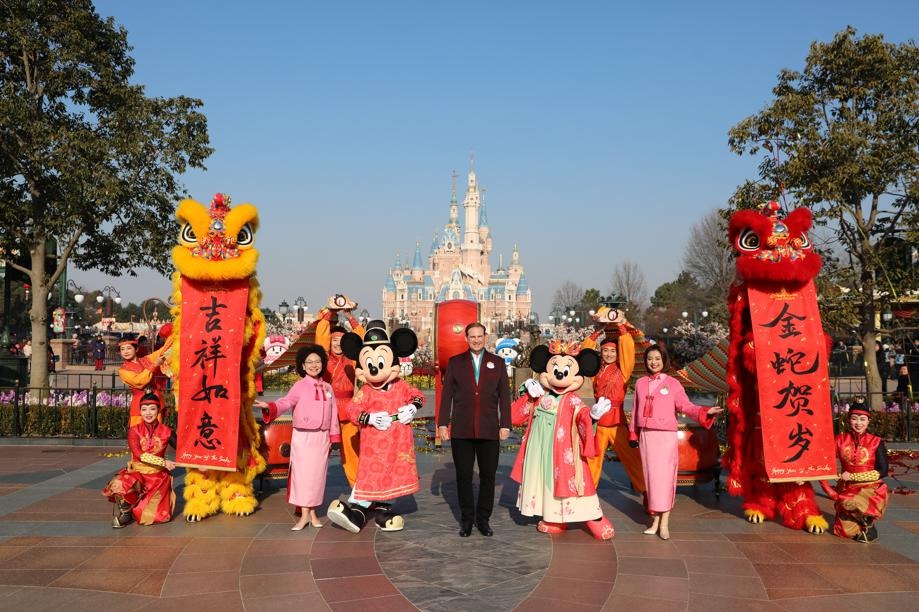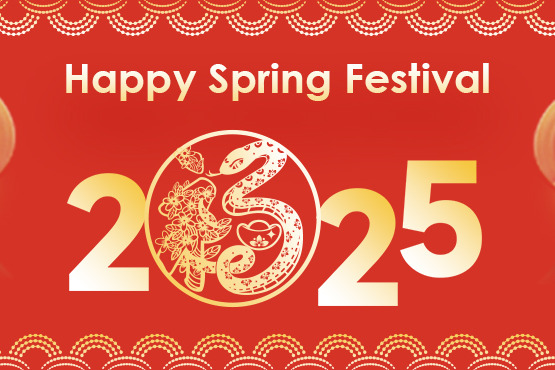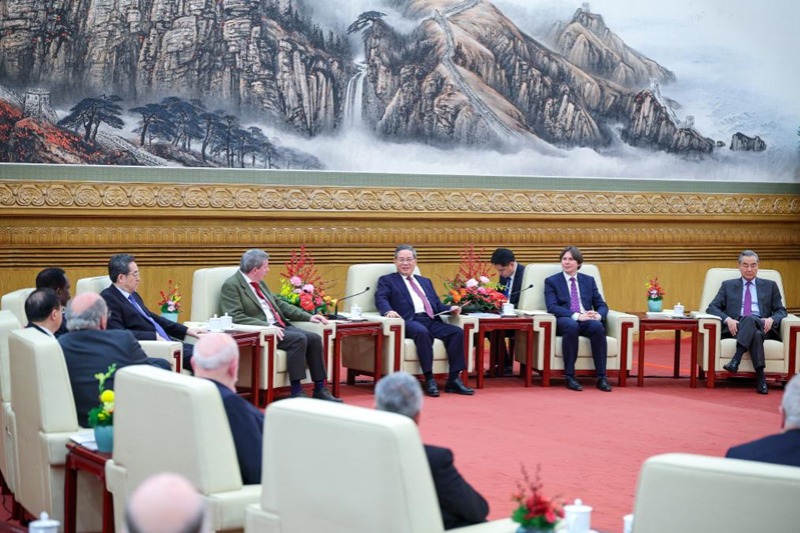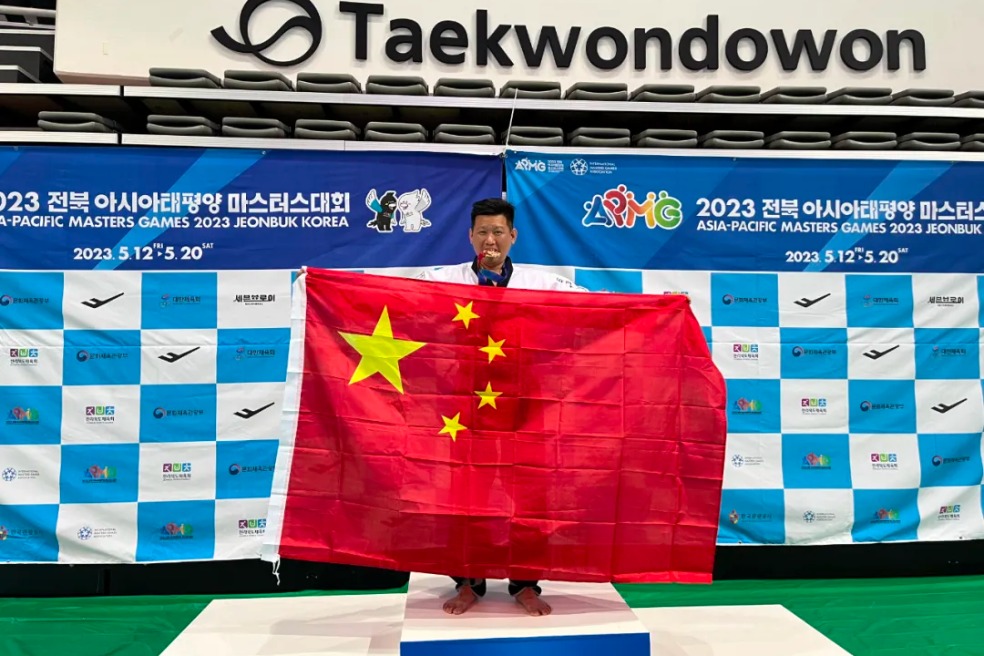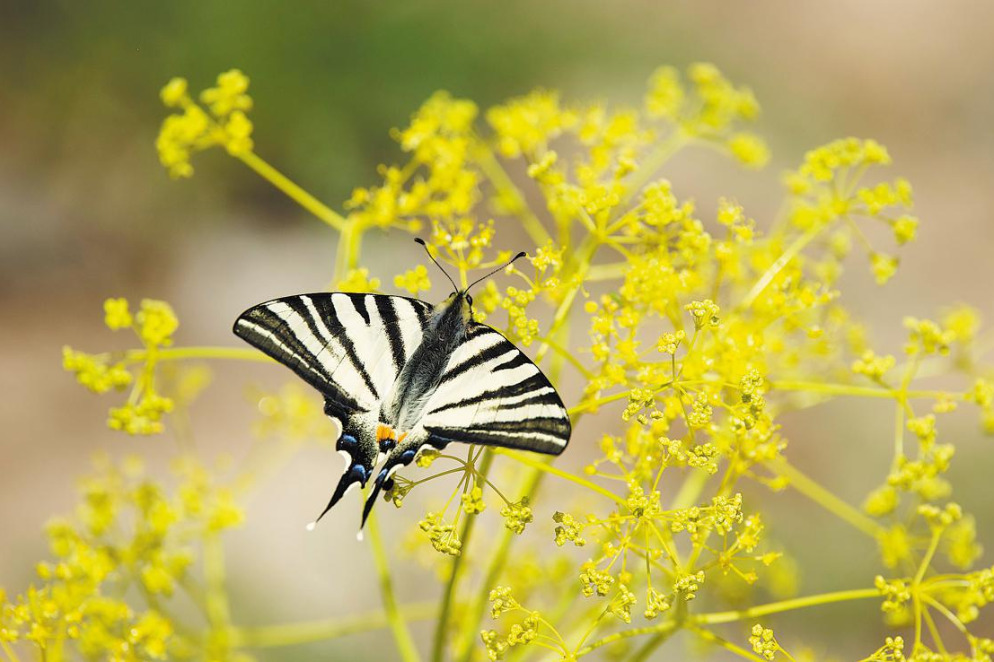Chinese knot ties Taiwan artist to traditional culture

TAIPEI -- The Chinese knot, crafted by knotting or weaving a single length of cord or rope into a variety of shapes, is a common decoration for Spring Festival, the most important holiday for the Chinese people.
This intricate knotting technique has won global acclaim thanks to the dedication of generations of artisans in China. Chen Hsia-sheng, a knot artist from Taiwan, is one of them.
For over half a century, Chen, 85, who has earned the moniker the "babysitter of the Chinese knot," has derived joy from studying, decoding and tying Chinese knots.
"Chinese knots are woven with rich Chinese culture and carry the common aspirations of all Chinese people," Chen said, adding that she is driven by a desire to give this craft more exposure and pass it on to younger generations.
In 1981, Chen published a book on the Chinese knot. It is because of this publication that the previously fringe folk craft was named "Chinese knot" and generally acknowledged as an embodiment of traditional Chinese culture.
During the Beijing Olympics in 2008, Chinese knot images received international attention. To this day, it remains one of the most popular Chinese souvenirs bought by foreign visitors.
Most Chinese knots are in symmetrical patterns, and often shaped like a rhombus. Knot weavers can use a variety of colored strings, but they usually pick deep red, as this color signifies good fortune.
Such knots are seen as the predecessors of Chinese characters. In ancient times, Chinese ancestors tied different knots to keep records and convey messages, before the invention of written characters. Over the course of many years, knots gradually evolved into clothing accessories and decorations.
Chen's ties to the Chinese knot began in an unexpected way.
Born in 1939 in Yueqing county, East China's Zhejiang province, Chen later married photographer Chuang Ling in Taiwan.
In 1971, her father-in-law, vice-dean of the Taipei Palace Museum at that time, encouraged Chen to learn how to tie Chinese knots. With the help of a veteran craftsman working at the museum, the then 32-year-old Chen learned how to make two traditional knots -- the button knot and a knot meaning auspiciousness.
As her skills improved, Chen gradually earned a name for herself in cultural relics circles. She was later invited to teach Chinese knotting skills at Shih Chien University of Taiwan.
To prepare for teaching, Chen often resorted to secretly untying some of the knots collected by her father-in-law.
"I used to wait until my father-in-law fell asleep, before taking out his collection and untying the knots scrupulously with my fingertips, in an attempt to figure out the tying methods," Chen recalled, still finding pleasure from the experience.
Driven by an avid interest in this traditional art, Chen's bond with the Chinese knot has become ever tighter. She tried to trace the source of the Chinese knots and draw inspiration from cultural relics to create new patterns of knots.
Holding a Tongxin knot, which translates to "true love knot," Chen told Xinhua that this knot image can be seen on copper ware dating back to the late Warring States Period (475-221 BC), and some jade ware of the Han Dynasty (202 BC-220 AD) was in a similar shape.
Even to this day, some knots can serve as a token of love. The Tongxin knot is usually given or used at weddings to express mutual love and fidelity.
Over the past 53 years, a variety of knots, such as the Panchang knot, which implies longevity, and the petal-shaped Tuanjin knot that indicates reunion and a promising future, have been studied and named, thanks to Chen's considerable efforts.
To make it easier for people to learn, Chen also took the lead in formulating the technique required for tying Chinese knots, as she said, knotting is a kind of science. Armed with this formula, anyone has the tools needed to make both simple and complicated knots. In addition, Chen created cubic knots and also blended the Chinese knot with metalwork and lacquer art.
"Unlike some traditional arts that are confined within the family, Chen is determined to share all she knows, to ensure that others can create their own works," Chuang said, praising his wife for her contributions to passing on traditional Chinese culture.
In addition, Chen has for years shown great commitment to promoting both Chinese knots and Chinese culture globally, with many of her books published in foreign languages and exhibitions held in countries including the United States and Japan.
In 2023, two years ahead of the centenary of the Palace Museum, Chen made a trip to Beijing and gave one of her own Chinese knots to the museum as a gift.
Reviewing her decades-long odyssey of tying Chinese knots, Chen believed such a journey is just like the craft itself to some extent, in that no matter how many knots are tied, there is only one unbroken string in the end.
- Chinese knot ties Taiwan artist to traditional culture
- High-tech inspections bolster high-speed rail safety amid Spring Festival rush
- Happy Year of the Snake
- China's railways see over 200m passengers since festival rush
- Foreigners savor flavors of Spring Festival in China
- Shenzhou XIX astronauts share details of work and life in space

















